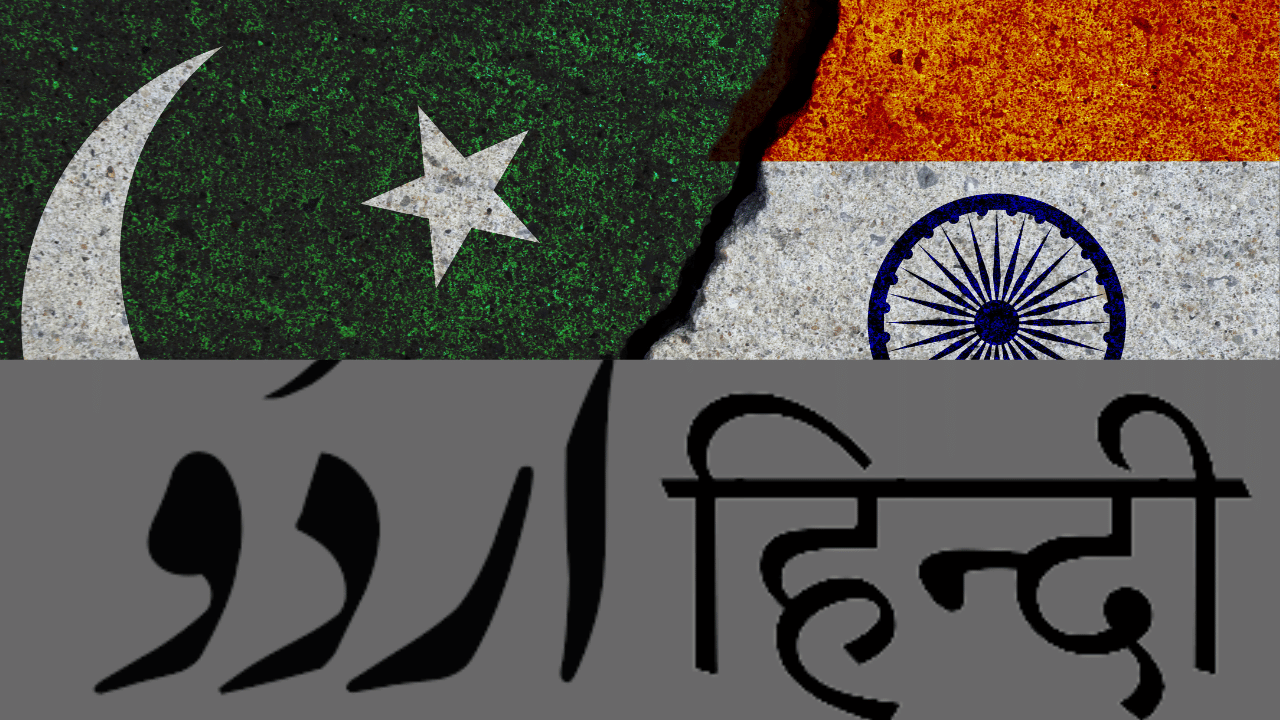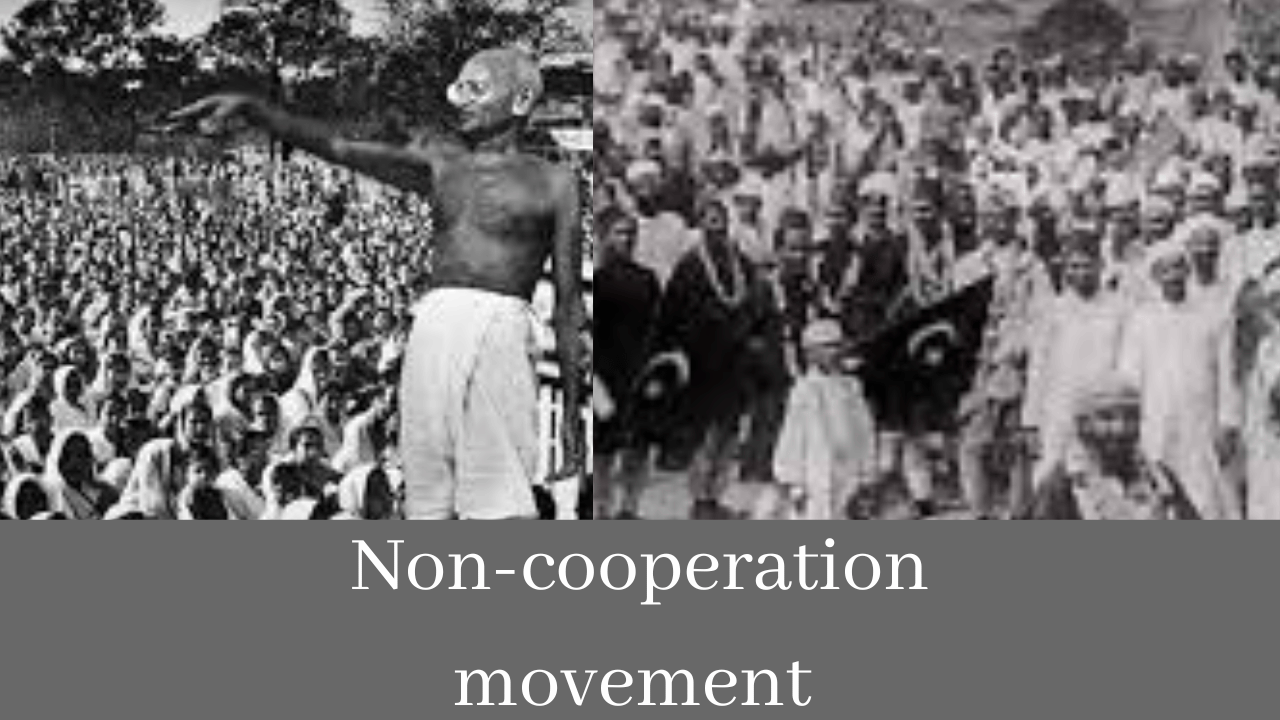The similarities between Hindi and Urdu are well known. They are frequently regarded as dialects of the same language. They do, however, have some significant distinctions in addition to their many commonalities. Most significantly, there are differences in the scripts used to write Hindi and Urdu. Hindi is written in the Devanagari script, while Urdu uses the Arabic script. As a result, there has been ongoing contention between the two languages as to which is more “right.” What does this entail, though, for bilingual speakers? And how has the conflict affected the friendship between Pakistan and India? In this post, we will look at the cause of the Urdu-Hindi conflict and how it affects both nations.
History of the Urdu-Hindi Dispute
The Urdu-Hindi conflict is a protracted and intricate topic that has persisted for millennia. The fact that diverse groups of people speak the two languages in various regions of the nation is the root of the issue. The majority language in the North is Hindi, whereas the majority language in the South is Urdu.
The conflict has several causes, but the fundamental one is that both languages are regarded as India’s national tongues. Both of them have the legal right to be taught in schools since they are the official languages of the government. But there has always been a great deal of conflict between the two sides, and neither side appears ready to give ground.
Both languages have suffered a great deal as a result of the debate. The main language has long been perceived as Hindi, with Urdu being ignored. Due to this, Urdu is now considered a minority language, and many people are hesitant to study it. As a result, its literary and cultural heritage is at risk of disappearing.
Political Implications of the Dispute
The controversy between Urdu and Hindi also has political ramifications. On the one hand, Hindi is viewed as a more patriotic language and as a means of bringing India together. As a result of its association with Muslims and perceived danger to the Hindu majority. The two groups have experienced some conflict as a result, and there have even been instances of violence. The conflict also has an impact on the educational and employment opportunities of people who speak either language.
Social Implications of the Dispute
There has also been a societal consequence of the Urdu-Hindi conflict that is sometimes ignored. The debate has caused a great deal of friction between the two parties because Hindi is the language of Hindus and Urdu is the language of Muslims. Due to this linguistic dispute, there have been episodes of violence and even riots. Relationships between people of various religions have also been impacted by this. People from diverse cultures are finding it harder and harder to connect, which has only increased hostility and mistrust.
Cultural Implications of the Dispute
The conflict between Urdu and Hindi might have a significant impact on India’s linguistic and cultural landscape. Both India and Pakistan are affected by the conflict’s effects on culture and language. The conflict has been growing as both languages fight for recognition in their nations. Hindi has been given priority in India over Urdu, its sister tongue. Urdu is written using the Nastaliq alphabet, whereas Hindi is written using the Devanagari script.
In other words, one side of the argument favors one writing system while the other side favors a different system. This gap has the potential to further divide societies and raise mistrust among groups of people. On a larger scale, the struggle for dominance between the two primary languages in both nations might cause a collapse in ties between the two. Therefore, individuals must comprehend the intricacies of this conflict before adopting a position so that any choice made will not have long-term effects on both countries.
Economic Implications of the Dispute
One may argue that the Urdu-Hindi issue has significant economic ramifications. This is because the conflict might make it more difficult for firms that operate on the other side of India’s two linguistic areas to communicate with and comprehend one another. For instance, because of the high reliance on Hindi for communication, a Delhi-based company trying to promote its goods in Uttar Pradesh may find it difficult to attract local customers’ attention. Similarly, communication issues may prevent an Urdu speaker from succeeding in Mumbai’s corporate community. This might force businesses to spend a lot of money on translation services or deal with communication problems.
On a larger scale, this conflict has created a significant economic divide between the two linguistic zones. There is a lack of Urdu speakers in places like Mumbai, which are considered to be the centers of Indian economic activity, as a result of communication difficulties. In Uttar Pradesh and other places where Urdu is widely spoken, Hindi speakers also encounter difficulties starting enterprises. This illustrates how the Hindi-Urdu language issue has affected many aspects of Indian society and shows how it will likely have an ongoing effect on the economy.
Strategies for Resolving India’s Urdu-Hindi Dispute
Understanding the fundamental conflicts between Urdu and Hindi can aid in the development of more effective solutions. Promoting bilingualism, whereby people are urged to learn both languages, is one possible approach. This would allow individuals to converse in both languages in daily life, which would lessen hostility. Holding talks between the two parties, where they might air their complaints and strive toward a peaceful conclusion, is another potential tactic. Enabling people to voice their opinions on the subject without using violence, may contribute to greater understanding and respect.
Finally, rather than focusing solely on linguistic differences, it may be more beneficial to focus on developing policies that promote unity among people of different origins. This might entail fostering cross-cultural interactions and diversity-celebrating projects, as well as educational activities that promote understanding rather than separation.
Conclusion
The Urdu-Hindi conflict is a complicated matter with broad ramifications. The Indian people value both languages; therefore, it is crucial to find a solution that takes this into account. The sooner a solution is discovered, the better, as the government must develop one that benefits all of its residents.
We appreciate you reading this post, and we encourage you to leave your comments.




